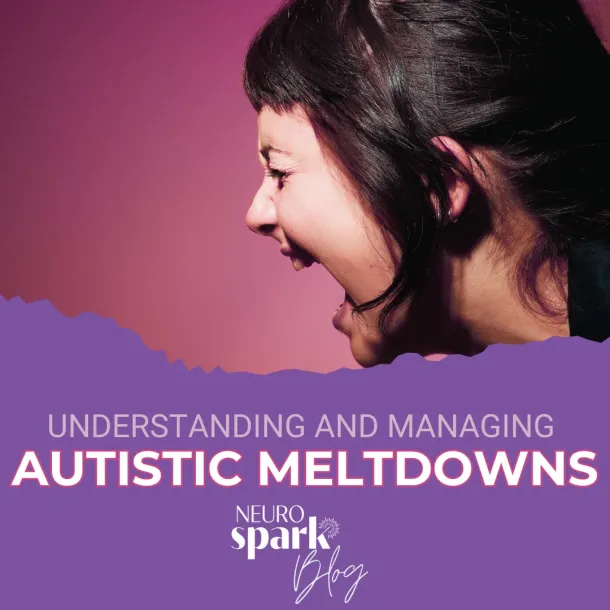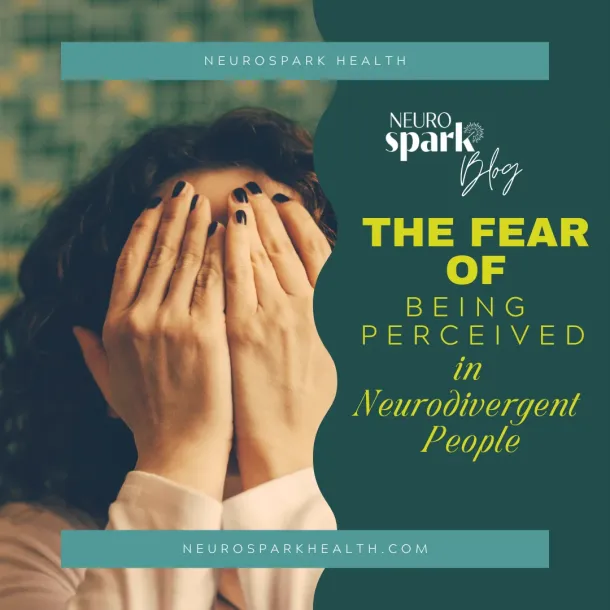
Dear AuDHD Auntie
We get questions all the time about a variety of topics and situations related to adult autism and ADHD.
AuDHD Auntie is an easy way to get your Autism and ADHD questions answered by an expert while remaining anonymous.
AuDHD Auntie answers your questions about any and all things neurodivergent.



















































































































































